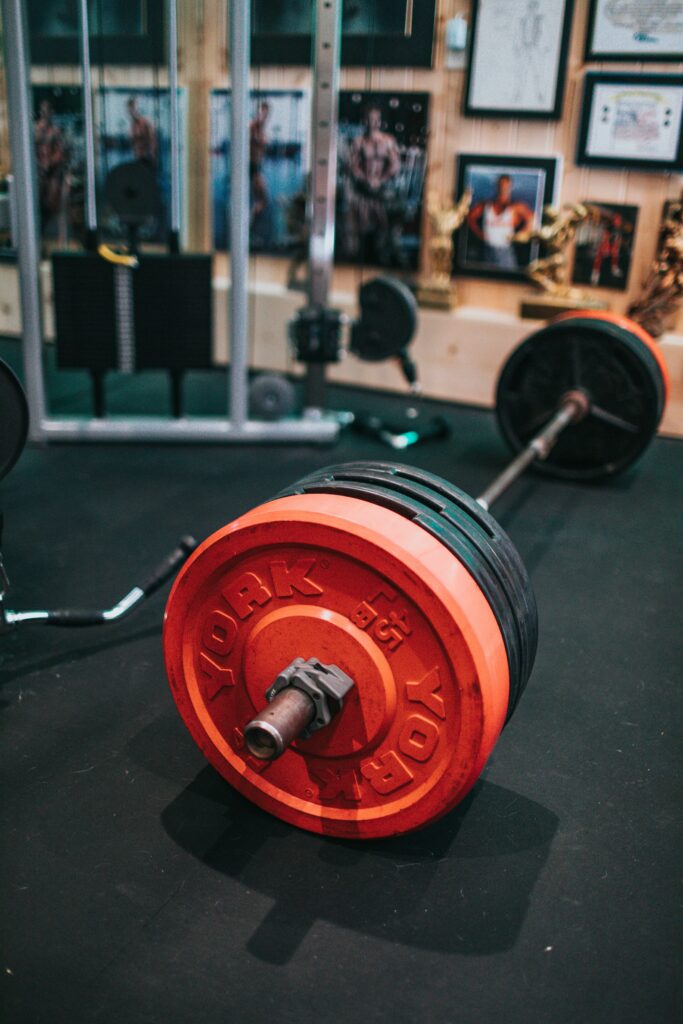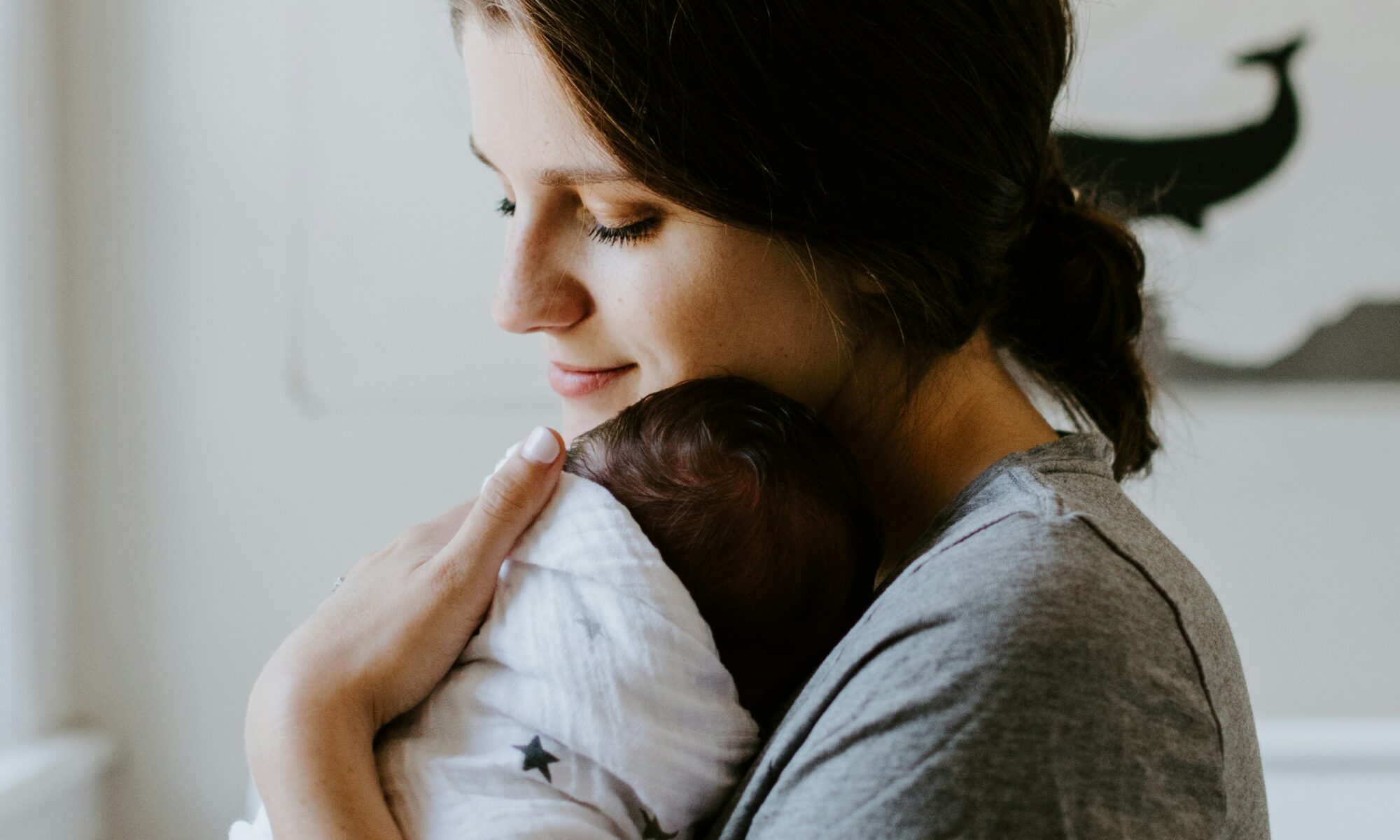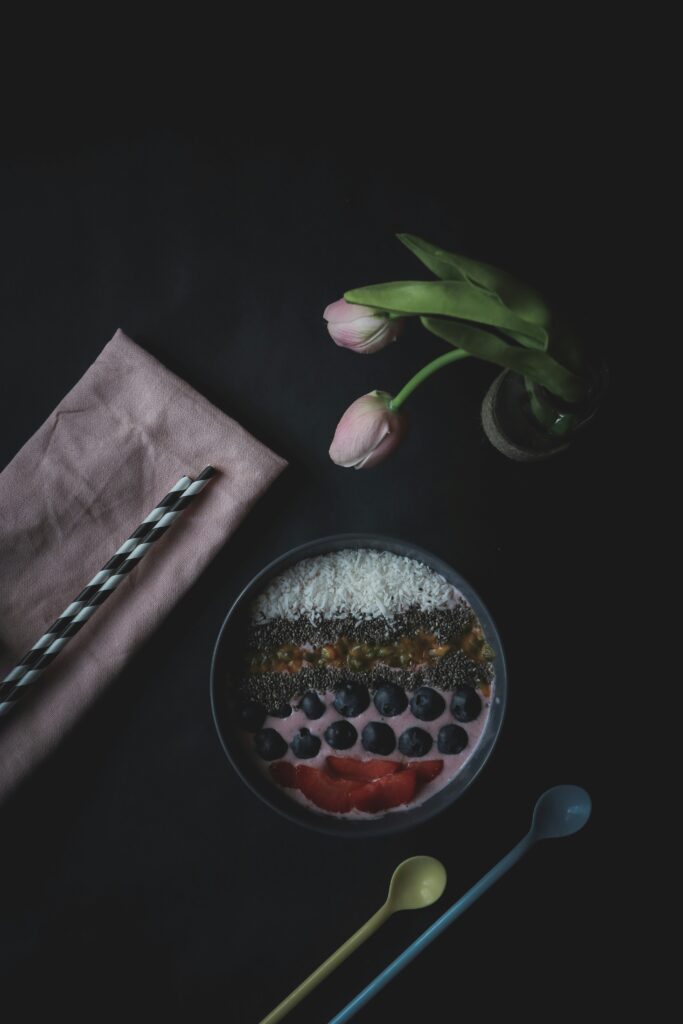When stepping into the gym, every beginner or even seasoned gym-goer often faces this question: “Should I train for strength or muscle size?” It’s a common dilemma, especially in Singapore, where the gym culture is steadily growing.
So, which training plan should you choose: strength or hypertrophy? Let’s break it down in simple terms and help you make the right decision based on your fitness goals, lifestyle, and body type.
- Understanding Strength Training
- What Is Hypertrophy Training?
- Strength vs. Hypertrophy: Side-by-Side Comparison
- Which One Is Better for Fat Loss?
- Which One Helps Improve Everyday Function?
- Can You Combine Strength and Hypertrophy?
- What Should You Choose as a Beginner?
- Equipment Considerations in Singapore
Understanding Strength Training
Strength training focuses on increasing the amount of weight you can lift. It’s about pushing your limits and improving your body’s ability to move heavier loads efficiently. Think of powerlifters who train for maximum output on lifts like the squat, bench press, and deadlift.
Key Characteristics:
- Lower reps (1–6 reps per set)
- Heavier weights (80–95% of your one-rep max)
- Longer rest times (2–5 minutes between sets)
- Compound movements are prioritised (e.g., deadlifts, overhead press)
Benefits:
- Builds raw power and explosiveness
- Improves bone density and joint health
- Boosts performance in sports and functional tasks
- Encourages better neuromuscular coordination
In Singapore, strength-focused training is gaining traction in CrossFit boxes, Strongman gyms, and Olympic weightlifting clubs. It’s ideal for those who want to be functionally strong, not just look muscular.
What Is Hypertrophy Training?
Hypertrophy refers to the enlargement of muscle fibres. Bodybuilders and physique athletes often follow hypertrophy programmes to achieve that ‘toned’ or muscular aesthetic.
Key Characteristics:
- Moderate reps (6–12 reps per set)
- Moderate to heavy weights (65–80% of your one-rep max)
- Shorter rest periods (30–90 seconds)
- A mix of compound and isolation movements
Benefits:
- Increases muscle mass and definition
- Shapes and sculpts your physique
- Improves muscular endurance
- Boosts metabolic rate due to higher muscle volume
Hypertrophy training is the go-to for most gym-goers in Singapore looking to “bulk up” or “tone” without necessarily lifting the heaviest weights. It’s commonly seen in gyms like Anytime Fitness and Virgin Active, as well as in home-gym routines across HDB flats.
Strength vs. Hypertrophy: Side-by-Side Comparison
| Feature | Strength Training | Hypertrophy Training |
| Goal | Lift heavier weights | Build larger muscles |
| Rep Range | 1–6 reps | 6–12 reps |
| Rest Between Sets | 2–5 minutes | 30–90 seconds |
| Weight Load | 80–95% of 1RM | 65–80% of 1RM |
| Focus | Power, performance | Aesthetics, size |
| Workout Style | Compound lifts | Compound + isolation exercises |
| Time Commitment | Longer sessions due to rest | Shorter, more intense sessions |
| Who It’s For | Athletes, powerlifters | Bodybuilders, general gym-goers |
Which One Is Better for Fat Loss?
Here’s a common myth: “To lose weight, you just need cardio.” While cardio is beneficial, both strength and hypertrophy training play important roles in achieving fat loss.
Hypertrophy training helps you burn calories due to higher workout volume and shorter rests. You also build more muscle mass, which raises your resting metabolic rate.
Strength training, while not as calorie-burning during the session, increases total body strength, allowing you to handle more intense workouts over time. It can improve your metabolic efficiency and insulin sensitivity, both of which are beneficial for fat loss.
Best tip? Combine both styles with a solid nutrition plan and sufficient sleep.
Which One Helps Improve Everyday Function?
For daily functions—such as carrying groceries, climbing stairs, or playing with your kids—strength training offers more bang for your buck. The focus on lifting heavy enhances overall muscle coordination and joint stability.
That said, hypertrophy training does contribute to improving endurance and muscle control, especially for repetitive tasks. If you’re someone working a desk job in a Singapore CBD office, both training styles help combat posture-related issues and weakness.

Can You Combine Strength and Hypertrophy?
Absolutely! Many training programmes are designed to include both. This method is often referred to as “powerbuilding”, a blend of powerlifting and bodybuilding.
Example of a Powerbuilding Split:
- Day 1: Heavy squat + quad hypertrophy work
- Day 2: Heavy bench press + chest/triceps hypertrophy
- Day 3: Deadlift + hamstrings and back hypertrophy
- Day 4: Full-body accessories, arms, or active recovery
This is popular in Singapore, where gym-goers want the best of both worlds—being strong and looking strong.
What Should You Choose as a Beginner?
If you’re just starting:
- Focus on building strength first with compound lifts
- Use moderate weights to master form
- Add hypertrophy accessories to target weak points
Start simple: for instance, train three to four times a week using a full-body or upper-lower split. Prioritise proper form, consistency, and recovery.
Equipment Considerations in Singapore
Whether you’re training at a neighbourhood gym or setting up a home gym in your HDB flat, consider the space and budget:
Strength Training Equipment:
- Barbell and plates
- Power rack
- Adjustable bench
- Deadlift platform (if floor protection is a concern)
Hypertrophy Training Equipment:
- Dumbbells or resistance bands
- Cable machines or Smith machines
- Bench with incline/decline functions
- Variety of machines (if gym-based)
Local options, such as Decathlon, Gym Culture Singapore, and Qoo10, offer affordable solutions for both styles of training.
Final Thoughts
There’s no single “best” style of training. The answer depends on your goals, schedule, and what motivates you.
If you want:
- Aesthetic gains → Hypertrophy
- Functional strength → Strength
- Both looks and power → Mix the two
Ultimately, progress comes from being consistent, challenging yourself, and recovering well. Whether you’re doing pull-ups at your HDB fitness corner or barbell squats at a gym, your workout plan should align with your lifestyle and goals.
























You must be logged in to post a comment.